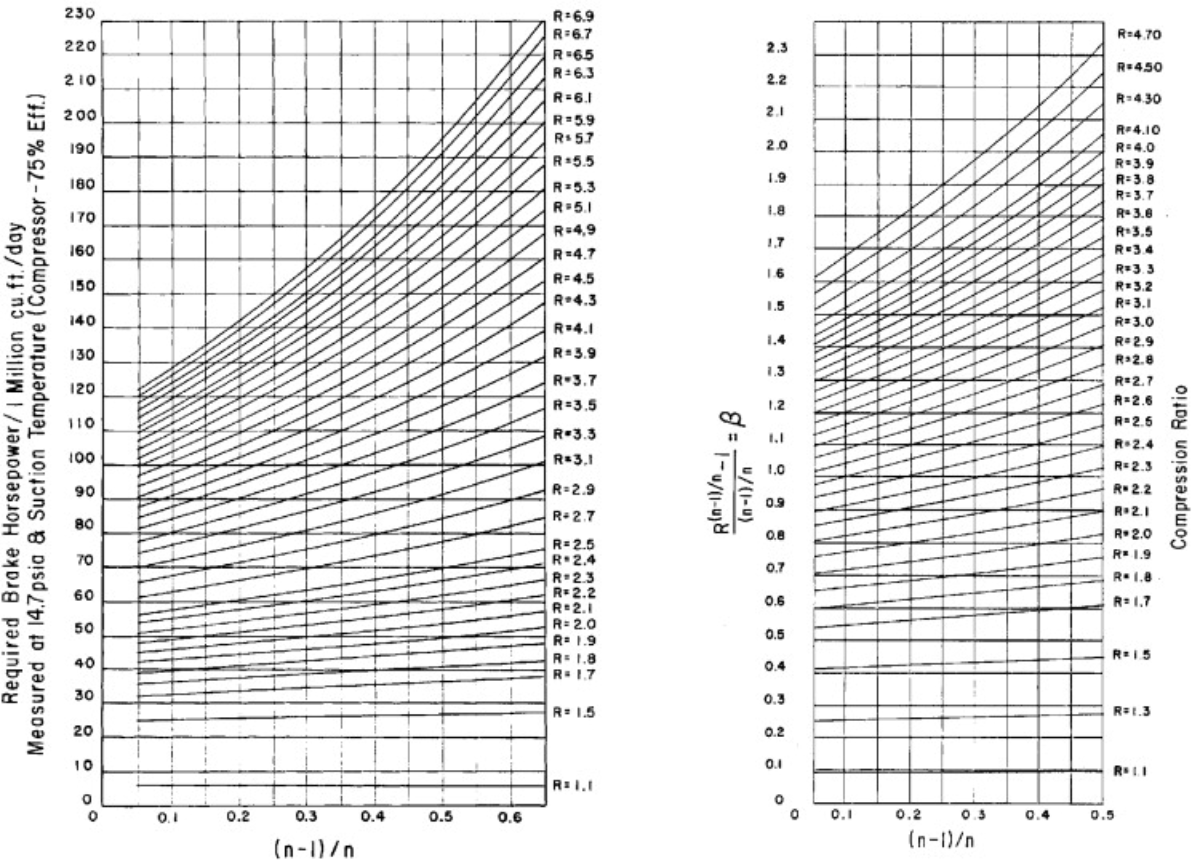Brake Horsepower: Difference between revisions
m 1 revision imported |
No edit summary |
||
| (One intermediate revision by the same user not shown) | |||
| Line 1: | Line 1: | ||
[[File:Break Horsepower.png|thumb|right|375px|Break Horsepower Chart]] | |||
In historical aviation, brake horsepower (BHP) refers to the actual power output of an engine, measured at the propeller shaft, after accounting for internal engine losses. It's the usable power delivered to the propeller, contrasted with indicated horsepower, which is the theoretical power generated within the engine cylinders. | In historical aviation, brake horsepower (BHP) refers to the actual power output of an engine, measured at the propeller shaft, after accounting for internal engine losses. It's the usable power delivered to the propeller, contrasted with indicated horsepower, which is the theoretical power generated within the engine cylinders. | ||
| Line 17: | Line 18: | ||
=== Modern Usage === | === Modern Usage === | ||
While BHP is still used in some contexts, particularly for reciprocating engines, modern aviation more commonly focuses on thrust-specific fuel consumption for gas turbine engines and equivalent shaft horsepower for turboprops. | While BHP is still used in some contexts, particularly for reciprocating engines, modern aviation more commonly focuses on thrust-specific fuel consumption for gas turbine engines and equivalent shaft horsepower for turboprops. | ||
[[Category:Brake Horsepower]] | |||
[[Category:Aviation Safety X]] | |||
[[Category:ASXWiki]] | |||
[[Category:Aircraft engines]] | |||
[[Category:Propulsion]] | |||
[[Category:Aircraft performance]] | |||
[[Category:Power output measurement]] | |||
[[Category:Reciprocating engines]] | |||
[[Category:Turboprop engines]] | |||
[[Category:Thrust generation]] | |||
[[Category:Dynamometer testing]] | |||
[[Category:Mechanical efficiency]] | |||
[[Category:Aviation safety]] | |||
[[Category:Flight mechanics]] | |||
[[Category:Engine testing]] | |||
[[Category:Shaft horsepower]] | |||
[[Category:Indicated horsepower]] | |||
[[Category:Aviation engineering]] | |||
[[Category:Gas turbines]] | |||
[[Category:Thrust-specific fuel consumption]] | |||
[[Category:Aeronautical engineering]] | |||
[[Category:Historical aviation]] | |||
[[Category:Aircraft technology]] | |||
[[Category:Powerplant systems]] | |||
[[Category:Piston engines]] | |||
[[Category:Rotary engines]] | |||
[[Category:Engine instrumentation]] | |||
[[Category:Engine torque]] | |||
[[Category:Horsepower ratings]] | |||
[[Category:Performance metrics]] | |||
[[Category:Engine losses]] | |||
[[Category:Propeller systems]] | |||
Latest revision as of 20:52, 2 May 2025

In historical aviation, brake horsepower (BHP) refers to the actual power output of an engine, measured at the propeller shaft, after accounting for internal engine losses. It's the usable power delivered to the propeller, contrasted with indicated horsepower, which is the theoretical power generated within the engine cylinders.
Elaboration
BHP vs. Indicated Horsepower
BHP represents the power available to drive the propeller, while indicated horsepower is a higher figure that doesn't account for friction and other losses within the engine.
Measurement
BHP is typically measured using a dynamometer, a device that provides a controlled resistance to the rotating engine shaft, allowing for accurate power output measurement.
Historical Significance
In early aviation, BHP was a crucial metric for comparing and evaluating the performance of different aircraft engines, providing a practical measure of the engine's power available for thrust generation.
Turboprop Engines
For turboprop engines, BHP refers to the power at the turbine output before any transmission.
Modern Usage
While BHP is still used in some contexts, particularly for reciprocating engines, modern aviation more commonly focuses on thrust-specific fuel consumption for gas turbine engines and equivalent shaft horsepower for turboprops.
- Brake Horsepower
- Aviation Safety X
- ASXWiki
- Aircraft engines
- Propulsion
- Aircraft performance
- Power output measurement
- Reciprocating engines
- Turboprop engines
- Thrust generation
- Dynamometer testing
- Mechanical efficiency
- Aviation safety
- Flight mechanics
- Engine testing
- Shaft horsepower
- Indicated horsepower
- Aviation engineering
- Gas turbines
- Thrust-specific fuel consumption
- Aeronautical engineering
- Historical aviation
- Aircraft technology
- Powerplant systems
- Piston engines
- Rotary engines
- Engine instrumentation
- Engine torque
- Horsepower ratings
- Performance metrics
- Engine losses
- Propeller systems
